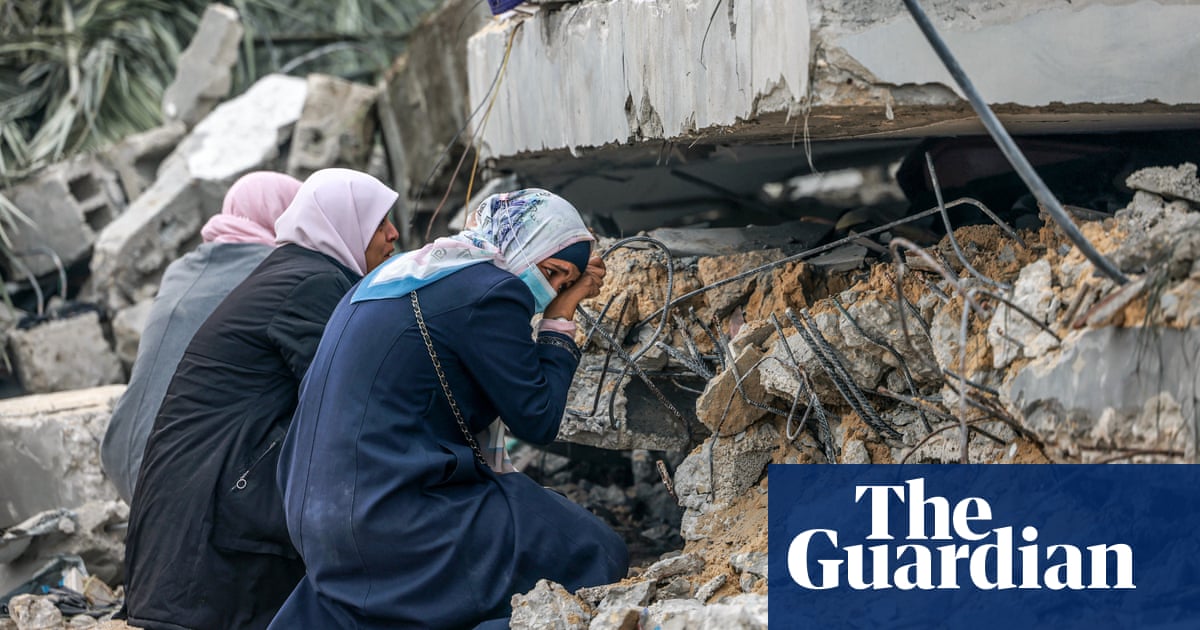
The war in Ukraine has exacerbated steadily rising global food and energy prices, undermining economic stability across the world, warned in a UN report launched on Monday.
The ripple effects of the Ukraine war have triggered price surges, particularly in areas characterized by rural marginalization and fragile agrifood systems, according to the joint report entitled Hunger Hotspots – FAO-WFP early warnings on acute food insecurity.
The Food and Agriculture Organization (FAO) and World Food Programme (WFP) have called for urgent humanitarian action to save lives and livelihoods and prevent famine in the 20 ‘hunger hotspots’ where acute need is expected to rise, from now until September.
Amidst multiple looming food crises – prompted by conflict, climate shocks, COVID-19 fallout, massive public debt burdens and now the Ukraine war – conditions expected to be particularly acute where economic instability and spiraling prices have combined with climate-induced food production drops.
“We are deeply concerned about the combined impacts of overlapping crises jeopardizing people’s ability to produce and access foods, pushing millions more into extreme levels of acute food insecurity,” warned FAO Director-General QU Dongyu.
“We are in a race against time to help farmers in the most affected countries, including by rapidly increasing potential food production and boosting their resilience in the face of challenges”.
Alongside conflict, the report finds that frequent and recurring climate shocks continue to drive acute hunger and shows that we have entered a ‘new normal’ where droughts, flooding, hurricanes, and cyclones repeatedly decimate farming and livestock rearing, drive population displacement and push millions to the brink in countries across the world.
“We’re facing a perfect storm that is not just going to hurt the poorest of the poor – it’s also going to overwhelm millions of families who until now have just about kept their heads above water,” warned WFP Executive Director David Beasley.
According to the report, Ethiopia, Nigeria, South Sudan and Yemen remain at ‘highest alert’ as hotspots with catastrophic conditions, and Afghanistan and Somalia are new entries to this worrisome category since the last hotspots report, released in January.
These six countries all have parts of the population facing IPC phase 5 ‘Catastrophe’ levels, at risk of deterioration towards catastrophic conditions, with up to 750,000 people facing starvation and death.
And 400,000 are in Ethiopia’s war-torn Tigray region – the highest number on record in a single country, since the famine in Somalia in 2011.
Meanwhile, the Democratic Republic of the Congo (DRC), Haiti, the Sahel, Sudan and Syria are of ‘very high concern’, as in the previous edition of this report – with Kenya now added to the list.
Angola, Lebanon, Madagascar, and Mozambique also remain hunger hotspots, with Sri Lanka, Benin, Cabo Verde, Zimbabwe, Guinea, and Ukraine, now added.
“Conditions now are much worse than during the Arab Spring in 2011 and 2007-2008 food price crisis, when 48 countries were rocked by political unrest, riots and protests,” warned the WFP chief.
The report provides concrete country-specific recommendations for immediate humanitarian assistance to save lives, prevent famine and protect livelihoods.
Against the backdrop of a recent G7 commitment to strengthen anticipatory action in humanitarian and development assistance – preventing predictable hazards from becoming full-blown humanitarian disasters, FAO and WFP have partnered to ramp up pre-emptive measures.
In the critical window between an early warning and a shock, the UN agencies advocate for flexible humanitarian funding to better anticipate needs and protect communities.
Evidence shows that for every $1 invested in anticipatory action to safeguard lives and livelihoods, up to $7 can be saved by avoiding losses for disaster-affected communities, according to the report.
“We have solutions. But we need to act, and act fast,” underscored Beasley. — UN News












